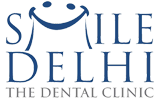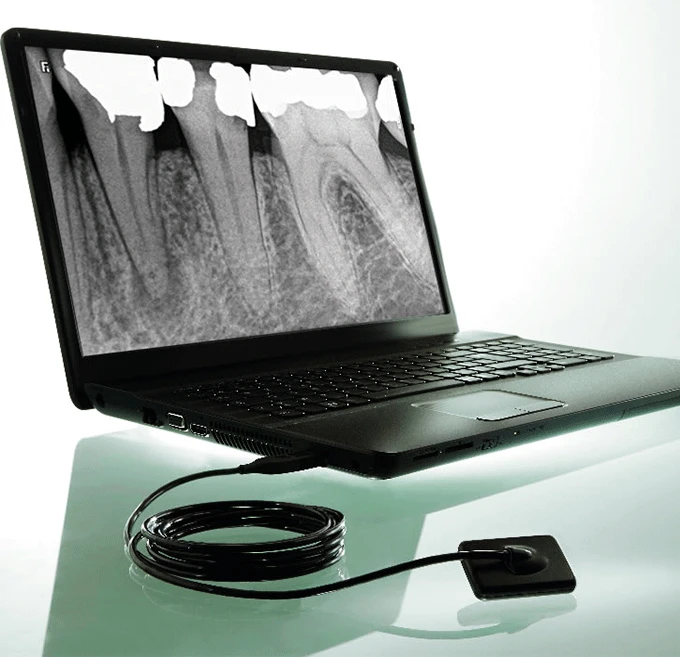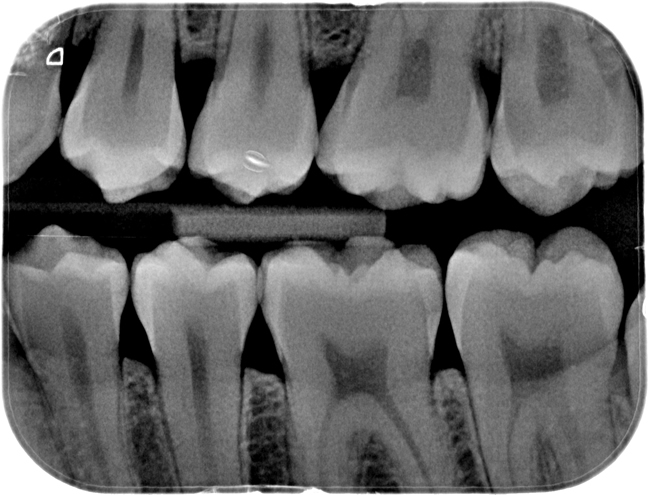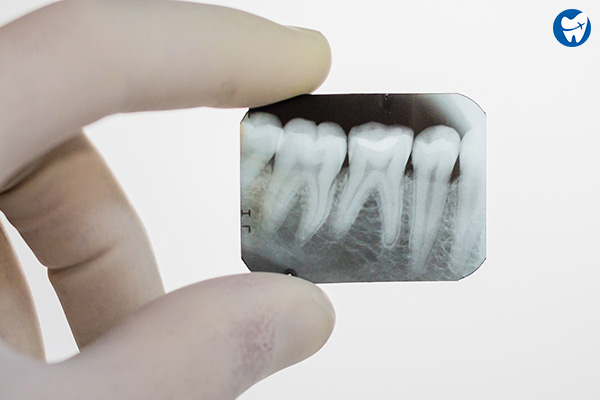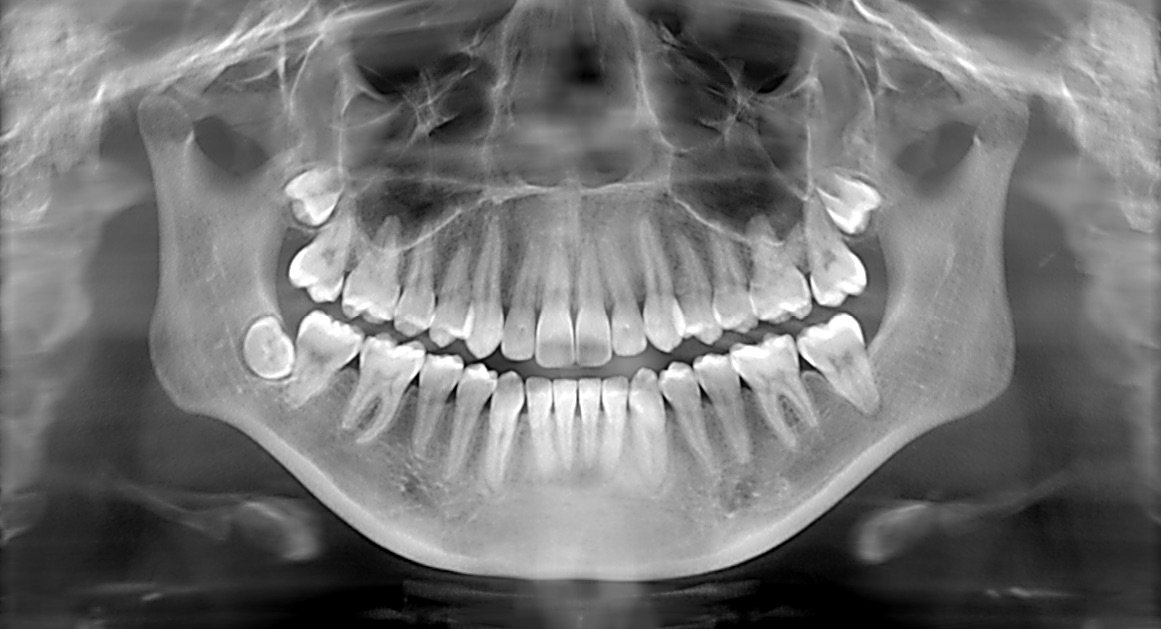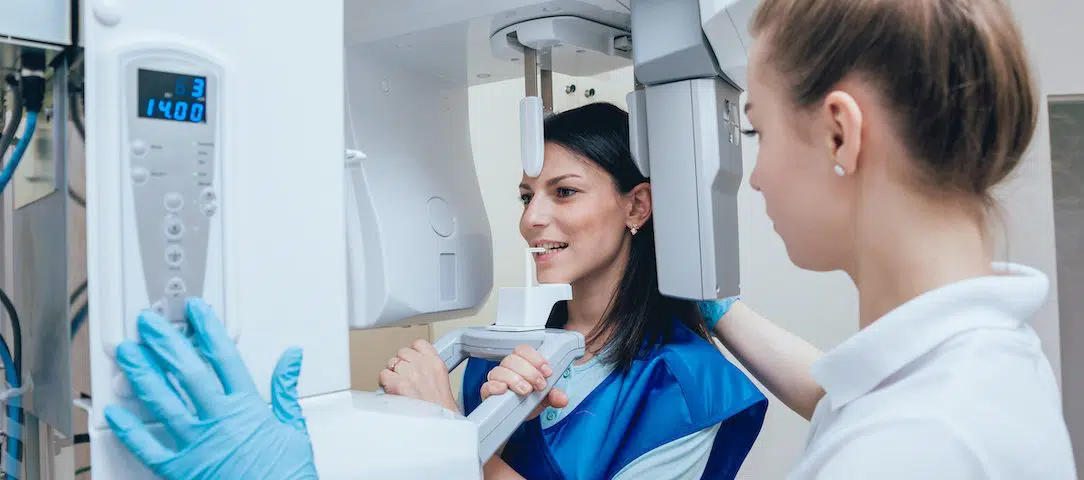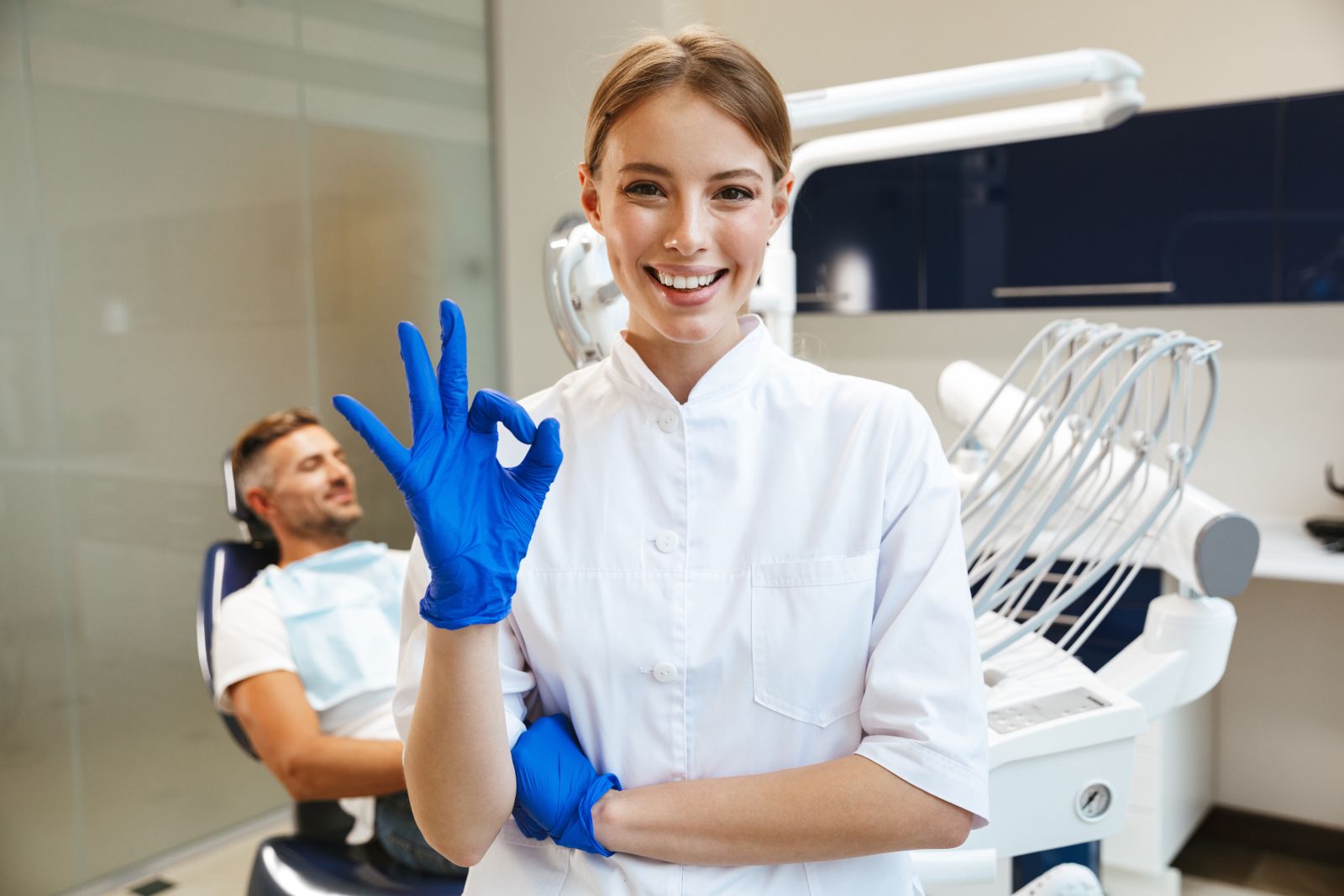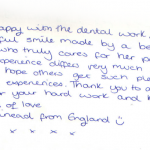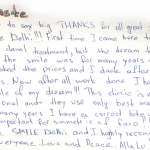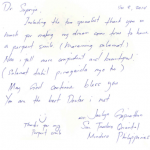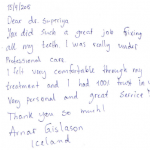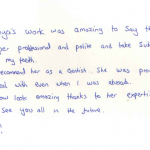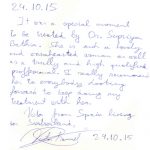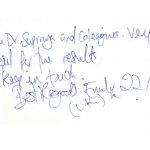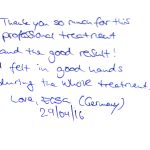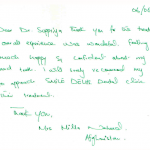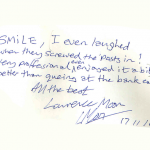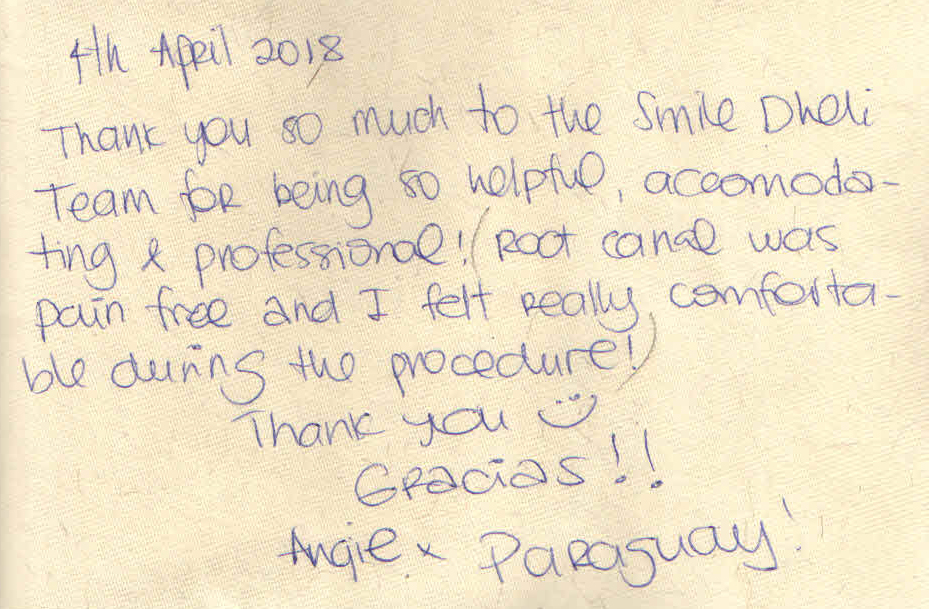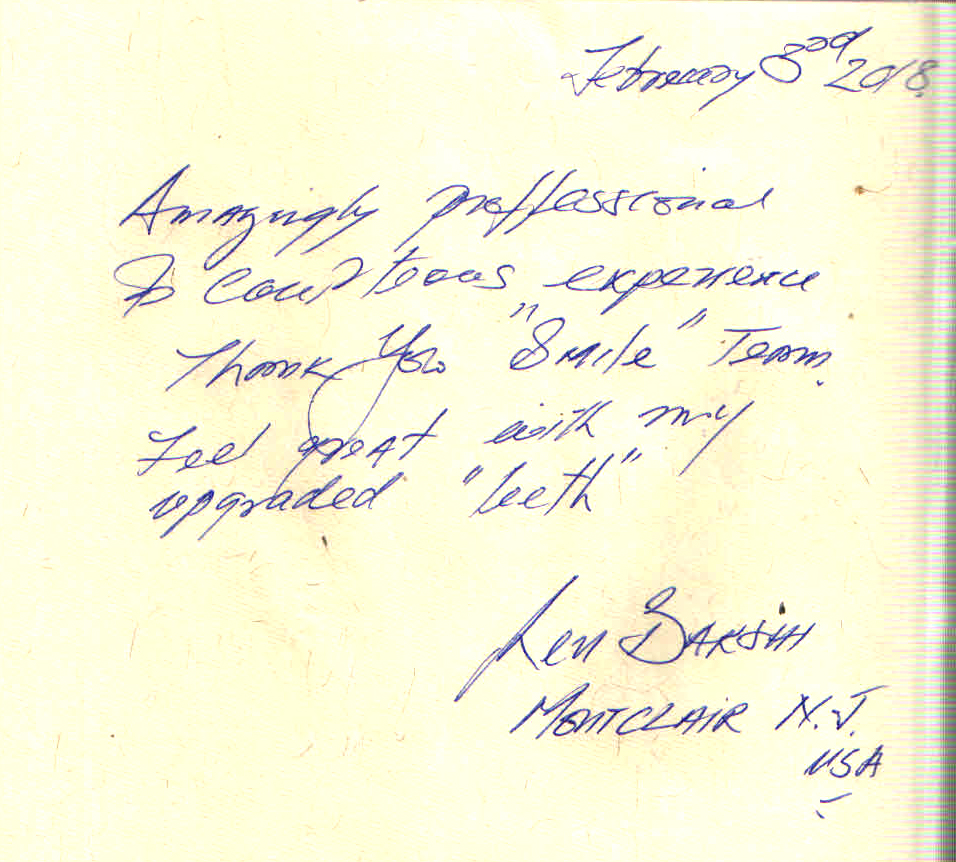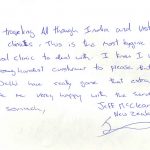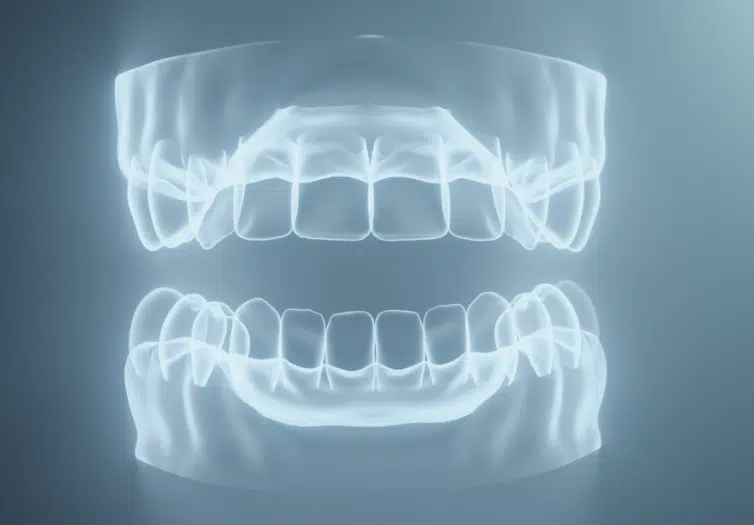
Dental X-rays: An Essential Diagnostic Tool in Dentistry
Introduction
In the realm of modern dentistry, diagnostic tools have become indispensable for providing comprehensive and accurate patient care. Among these tools, dental X-rays stand out as a crucial element in the diagnostic arsenal. As technology continues to advance, so does the efficacy of dental X-rays in identifying and addressing oral health issues. This blog aims to shed light on the importance of dental X-rays, their types and how they play a pivotal role in enhancing the overall dental diagnostic process.
The Evolution of Dental X-rays
Dental X-rays, also known as radiographs, have a rich history that dates back to the late 19th century when the German physicist Wilhelm Roentgen discovered X-rays. Since then, dental X-rays have undergone significant advancements, evolving into an indispensable tool for dentists worldwide. The early days of dental radiography involved cumbersome equipment and high levels of radiation exposure. However, with the advent of digital radiography, patients and dental professionals alike can now benefit from reduced radiation doses and enhanced imaging quality. The best dental clinics in Delhi are making use of digital x-rays consistently.
Introduction of RVG x-ray
Digital radiography in dentistry was introduced by the French dentist, Dr Francis Moyen in the year 1987. The dentist from Toulouse, patented this new technology and called it radio visio graphy (RVG) and developed a prototype. This first sensor was based on the principle of Charge Coupled Device (CCD). However, the first version was not computer linked, and the images could be seen on a video screen but could not be saved on a computer. In 1992, Gendex introduced Visualix, the world’s first computer linked digital radiography system. This made storage of images, conversion into various formats and also post-processing possible.
- Minimised Radiation: RVG can reduce up to 80% of exposure compared to normal x ray films.
- Faster Results: Time is precious for patients as well as dentist, hence use of RVG can optimise your time.
- Minimal Post Processing Error: Brightness, contrast everything can be adjusted after clicking of image.
- Analog to Digital: It’s easier to share the date with anyone anywhere if you are using RVG.
The best dentists in Delhi prefer the RVG x-rays to the conventional ones due to the above advantages.
Types of Dental X-rays
Bitewing X-rays
Bitewing X-rays are among the most common types and are typically taken during routine dental check-ups. These X-rays capture images of the upper and lower teeth in a specific area, allowing dentists to assess the presence of cavities and monitor the health of the supporting bone.
Periapical X-rays
Periapical X-rays focus on capturing images of an entire tooth, from the crown to the root, as well as the surrounding bone structure. These X-rays are invaluable for diagnosing issues such as abscesses, cysts and abnormalities in tooth roots.
Panoramic X-rays
Offering a comprehensive view of the entire mouth, panoramic X-rays are particularly useful for assessing the development of teeth, identifying impacted teeth and detecting abnormalities in the jawbone and joints. This type of X-ray is commonly employed in orthodontics and oral surgery. Also for dental implant treatment in Delhi the dentists are using panoramic X-rays as a routine diagnostic tool. The best general dentists in Delhi are advising their patients to go for the opg Xray as a routine investigation.
Cone Beam Computed Tomography (CBCT)
CBCT is a three-dimensional imaging technique that provides detailed views of the oral and maxillofacial structures. This advanced form of imaging is especially beneficial for complex dental procedures, such as implant placement and orthodontic treatment planning. The best root canal specialist in Delhi or wherever you are and the best implant specialist in Delhi or wherever you are will always use the CBCT as an investigation got treatment planning.
The Diagnostic Significance of Dental X-rays
Early Detection of Dental Issues
Dental X-rays empower dentists to identify dental problems at their earliest stages, often before symptoms become apparent. This early detection allows for prompt intervention, preventing the progression of conditions such as cavities, gum disease, and infections.
Assessment of Tooth and Bone Health
X-rays play a vital role in assessing the health of teeth and their supporting structures. They reveal issues such as bone loss, impacted teeth, and abnormalities that may not be visible during a regular clinical examination.
Treatment Planning and Monitoring
Dentists use X-rays to develop comprehensive treatment plans tailored to each patient’s needs. Whether it’s orthodontic treatment, root canal therapy, or implant placement, X-rays provide crucial information for precise planning and monitoring of dental procedures.
Evaluation of Oral Pathologies
X-rays are instrumental in identifying oral pathologies, including cysts, tumours, and lesions. The detailed images obtained through various types of X-rays enable dentists to assess the nature and extent of these conditions, facilitating appropriate treatment strategies.
Safety Measures and Radiation Concerns
While dental X-rays are invaluable in diagnosis, concerns about radiation exposure inevitably arise. It’s essential to address these concerns by emphasizing the implementation of strict safety measures. Modern digital X-ray systems significantly reduce radiation doses compared to traditional film-based X-rays. Additionally, lead aprons and thyroid collars are commonly used to minimize radiation exposure to patients. RVG’s which are routinely being used by the best dentists in Delhi are very safe with negligible exposure of radiation.
Conclusion
In conclusion, dental X-rays have emerged as an essential diagnostic tool in modern dentistry, contributing significantly to the overall quality of patient care. From early detection of dental issues to precise treatment planning, the benefits of X-rays are undeniable. As technology continues to advance, the future of dental radiography holds promise for even safer and more efficient diagnostic practices. Regular dental check-ups, coupled with the judicious use of X-rays, contribute to maintaining optimal oral health and preventing the progression of dental conditions. Embracing these technological advancements ensures that dentists can continue to provide the highest standard of care to their patients.
To book an appointment with us at, ‘Smile Delhi – The Dental Clinic’– call us on +91-9811106871 or WhatsApp Dr. Suprriya B Bhatia on +91-9811106377. You can also mail us on [email protected].
“We Care to Make You Smile”
Posted by: Dr Hema
